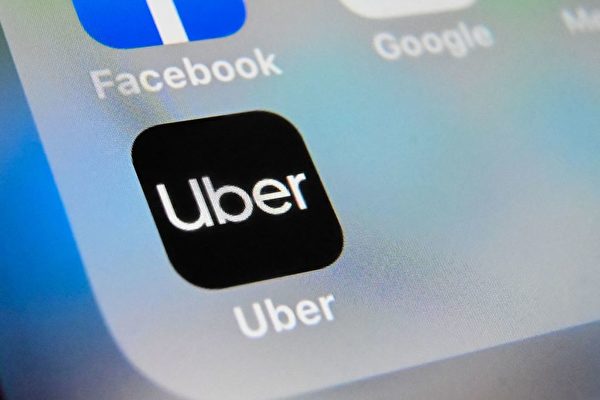【Epoch Times, June 25, 2024】Uber, the American ride-hailing giant, has started to exclude New York City drivers from its application during low-demand periods in an attempt to combat minimum wage regulations, resulting in reduced income for some drivers by as much as 50%. Lyft, another ride-hailing giant, is also threatening to take the same action.
According to Bloomberg, both companies have stated that the core of this measure is a six-year-old wage rule implemented in New York State, which requires companies like Uber and Lyft to pay drivers for their idle time between two passenger trips. Uber started implementing the new measure last month, aiming to limit the non-passenger time that drivers can record and earn compensation for. Meanwhile, drivers say they need to work longer hours to earn the same amount of income as before.
The unpredictability of when shutdowns occur makes it difficult for drivers to plan their work shifts and treat driving for Uber as a full-time job. At times, these shutdowns can last for over an hour.
Two full-time Uber drivers told Bloomberg that they used to earn between $300 and $400 per shift, but recently, they are only making slightly over $170 to $200 per shift.
Bhairavi Desai, the president of the New York Taxi Workers Alliance, said that Uber’s recruitment was “mismanaged,” allowing too many surplus drivers to join the platform, and now drivers are being penalized for it. She stated that the alliance represents 28,000 professional drivers in New York.
The New York City Taxi and Limousine Commission (NYC TLC) includes non-passenger time in its minimum wage calculation formula for the industry average.
According to an email reviewed by Bloomberg dated May 16, Uber urged New York City drivers to let the TLC know how their regulations are impacting the drivers’ ability to earn money.
Desai pointed out that Uber is ultimately gaming the system, using TLC regulations as an excuse to occupy “time that should be compensated under the law, but [is] not being paid.”
These recent developments have sparked concerns among drivers and raised questions about the impact of these companies’ decisions on the livelihoods of those who depend on them for income in the gig economy. As the situation continues to unfold, many are closely monitoring how regulators and companies will address the ongoing challenges faced by drivers in the ride-hailing industry.

